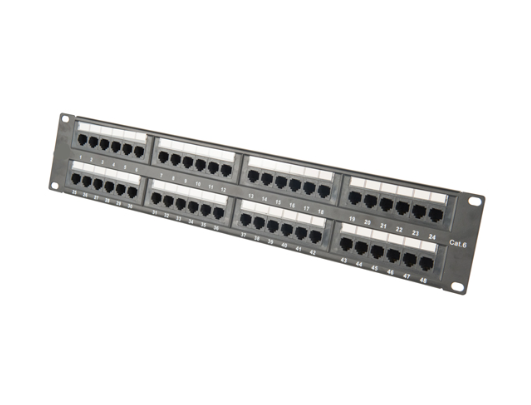News
Site Editor
 Site
https://leonetworkgroup.usa18.wondercdn.com/uploads/image/5fe152faa587d.png
Fiber optic splitter, also known as optical splitter or beam splitter, is a passive device that is used in fiber optic networks to split one optical signal into multiple channels or fibers. It is an essential component in many networking applications, including telecommunications, data centers, and long-range optical networking.How does a fiber optic splitter work?A fiber optic splitter works by d
Site
https://leonetworkgroup.usa18.wondercdn.com/uploads/image/5fe152faa587d.png
Fiber optic splitter, also known as optical splitter or beam splitter, is a passive device that is used in fiber optic networks to split one optical signal into multiple channels or fibers. It is an essential component in many networking applications, including telecommunications, data centers, and long-range optical networking.How does a fiber optic splitter work?A fiber optic splitter works by d
How Does A Fiber Optic Splitter Work
Views: 468
Author: Site Editor
Publish Time: 2023-07-11
Origin: Site
Fiber optic splitter, also known as optical splitter or beam splitter, is a passive device that is used in fiber optic networks to split one optical signal into multiple channels or fibers. It is an essential component in many networking applications, including telecommunications, data centers, and long-range optical networking.
How does a fiber optic splitter work?
A fiber optic splitter works by dividing or splitting a single optical input signal into multiple outputs. It does this without converting the signal into an electrical signal, thereby maintaining data integrity and increasing speed and efficiency. The optical splitter splits the light in a very controlled and precise manner, with minimal signal loss.
The most common type of splitter in use today is the fused biconical taper (FBT) splitter, which uses a fused tapered fiber structure to divide the optical signal. The splitter works by taking a single input signal and splitting it into multiple output signals of equal or unequal power levels.
When the input signal is directed to the fused region of the fiber, it is divided into two parts. One part continues down the fiber as the input signal, while the other part is diverted at an angle into a secondary fiber. This process is repeated multiple times, with each fused region splitting the signal evenly between two fibers until the desired number of optical outputs is achieved.
Fiber optic splitters can split the signal evenly, into a 1:1 ratio or unevenly, with a ratio of 1:2, 1:4, or even higher. Unequal splitters can be achieved by using different lengths of fused regions or different types of fibers in the splitter. For example, single-mode fibers are used for high-speed and long-distance transmission, while multi-mode fibers are used for shorter distances and lower-speed transfers.
Advantages of fiber optic splitters
Fiber optic splitters have several advantages over traditional electrical networks, including:
1. Low signal attenuation and loss: Optical splitters can split the signal without degrading the quality of the signal, allowing for lower losses and greater distance of transmission.
2. Scalability: Fiber optic splitters can be easily scaled up or down to accommodate the number of channels required.
3. High bandwidth: The use of optical fiber enables high-speed and high-bandwidth transmission, making it ideal for today's demanding data communications.
4. No electromagnetic interference (EMI): Fiber optic cables do not generate electromagnetic interference, reducing the need for shielding and other preventative measures.
Conclusion
Fiber optic splitters are essential components in fiber optic networks, providing a cost-effective and efficient way to split or divide one optical signal into multiple channels or fibers. They work by using a fused tapered fiber structure to split the signal into multiple outputs, achieving a high level of precision and control. With their low signal attenuation and loss, scalability, high bandwidth, and immunity to electromagnetic interference, fiber optic splitters are an optimal solution for various network applications.
If you want to know more about industrial network cabinet,china fiber optic splice closure,china fiber optic distribution box,please consult the fiber optic splice closure factory









